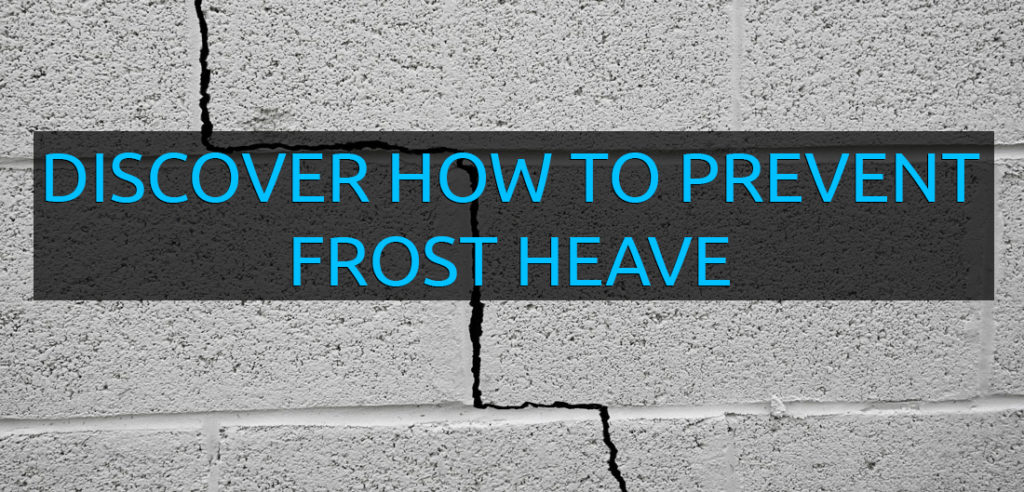

Winter is here, and freezing temperatures can wreak havoc on your home’s foundation. If you live in a colder climate, you’ve likely heard about the dangers of cracked foundations and the costly repairs they can bring. But did you know that one of the biggest culprits is a phenomenon called frost heaving? Understanding what it is—and how to prevent it—can save your home from structural damage and your wallet from expensive fixes.
Frost heaving occurs when freezing temperatures penetrate the ground, causing the water in the soil to freeze and expand. This expansion can push up the ground beneath your home, pavement, or other structures, leading to cracks, leaks, and uneven surfaces. It’s a slow but powerful force of nature that can seriously damage foundations.
Your foundation could be at risk even before temperatures hit the freezing point. If the temperature drops below 40°F for three consecutive days, the chances of foundation damage increase significantly.
Frost heaving can damage your foundation in two major ways:
The result? Costly repairs to fix cracked walls, misaligned doors, and weakened structural integrity.
While frost heaving can’t be eradicated entirely, there are effective ways to reduce its impact. Prevention focuses on keeping water out of the soil and reducing frost penetration. Here are a few tips:
Foundation damage caused by frost heaving isn’t always obvious at first, but there are key signs to watch for that indicate it’s time to call a professional. Look out for:
If you notice any of these issues, don’t ignore them. Frost heaving damage can worsen quickly, leading to more extensive and costly repairs. Acting early is the best way to protect your home’s stability.
At Tar Heel Foundation Repair, we’re not just experts in frost-heaving solutions—we offer a full range of services to keep your home safe and secure. Whether you need foundation repair, crawl space encapsulation, or assistance with new construction, our team has the experience and tools to handle it all.
Protect your home from frost heaving and beyond. Visit our Contact Page to schedule an inspection and see how we can help with all your foundation and structural needs!